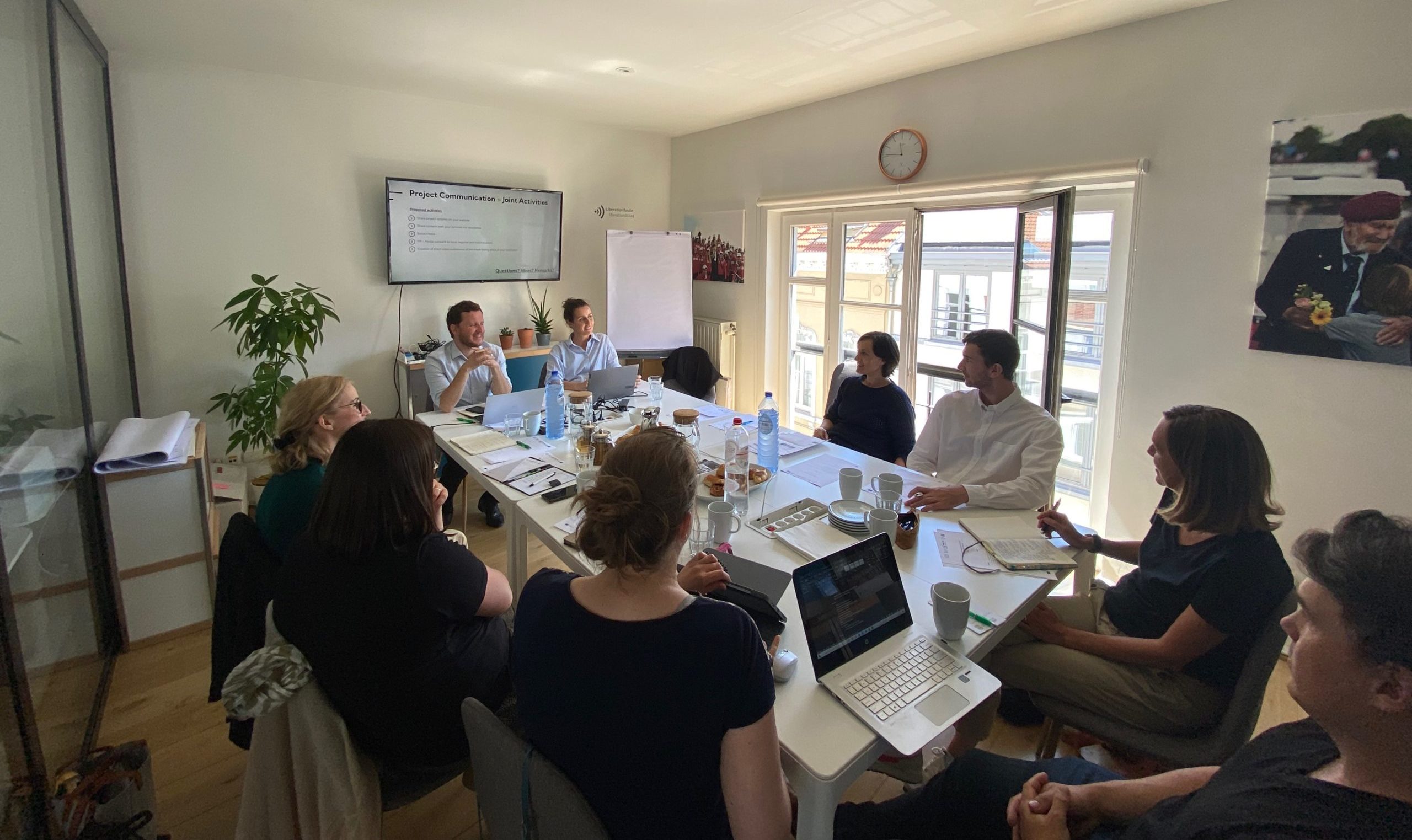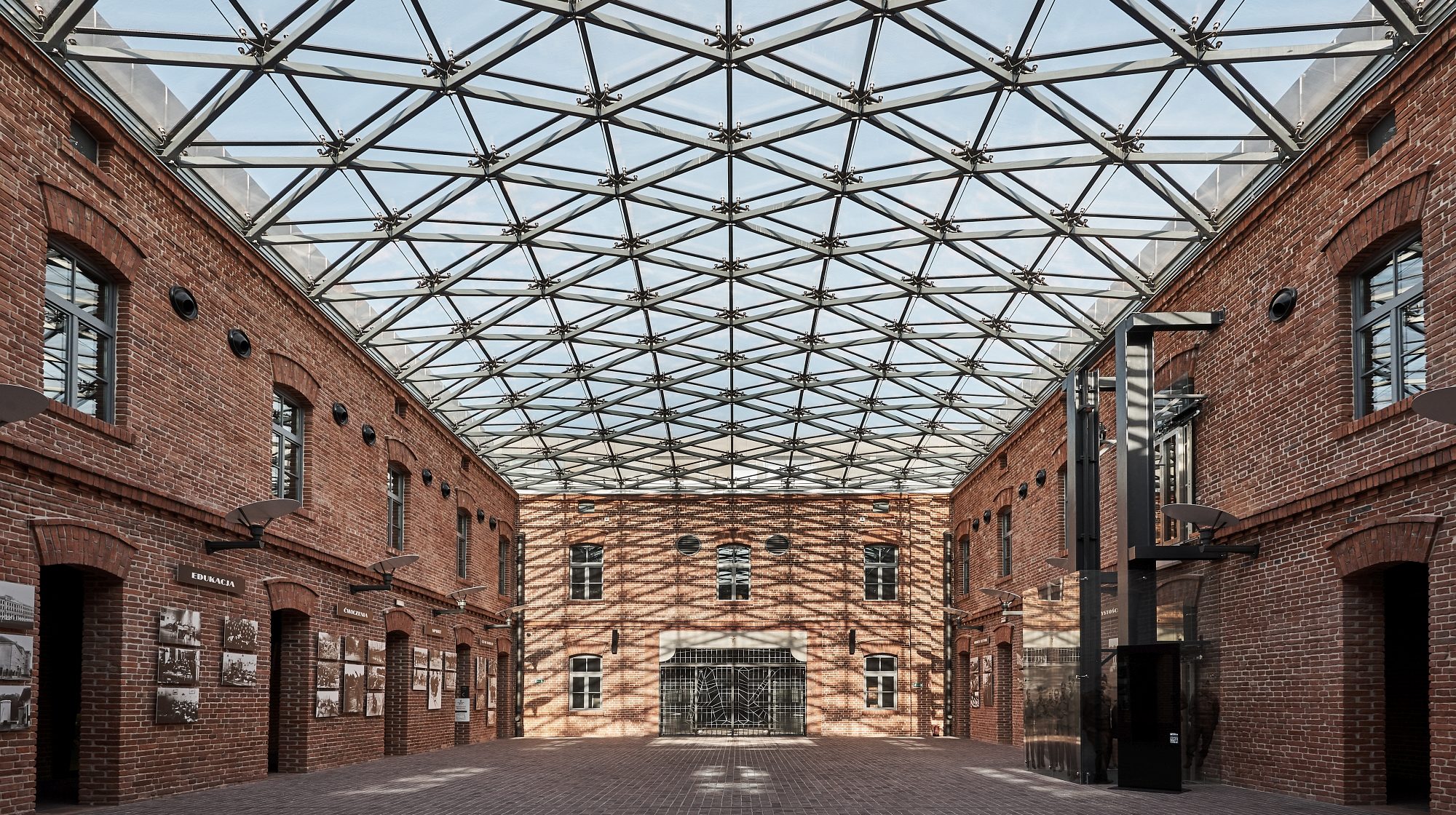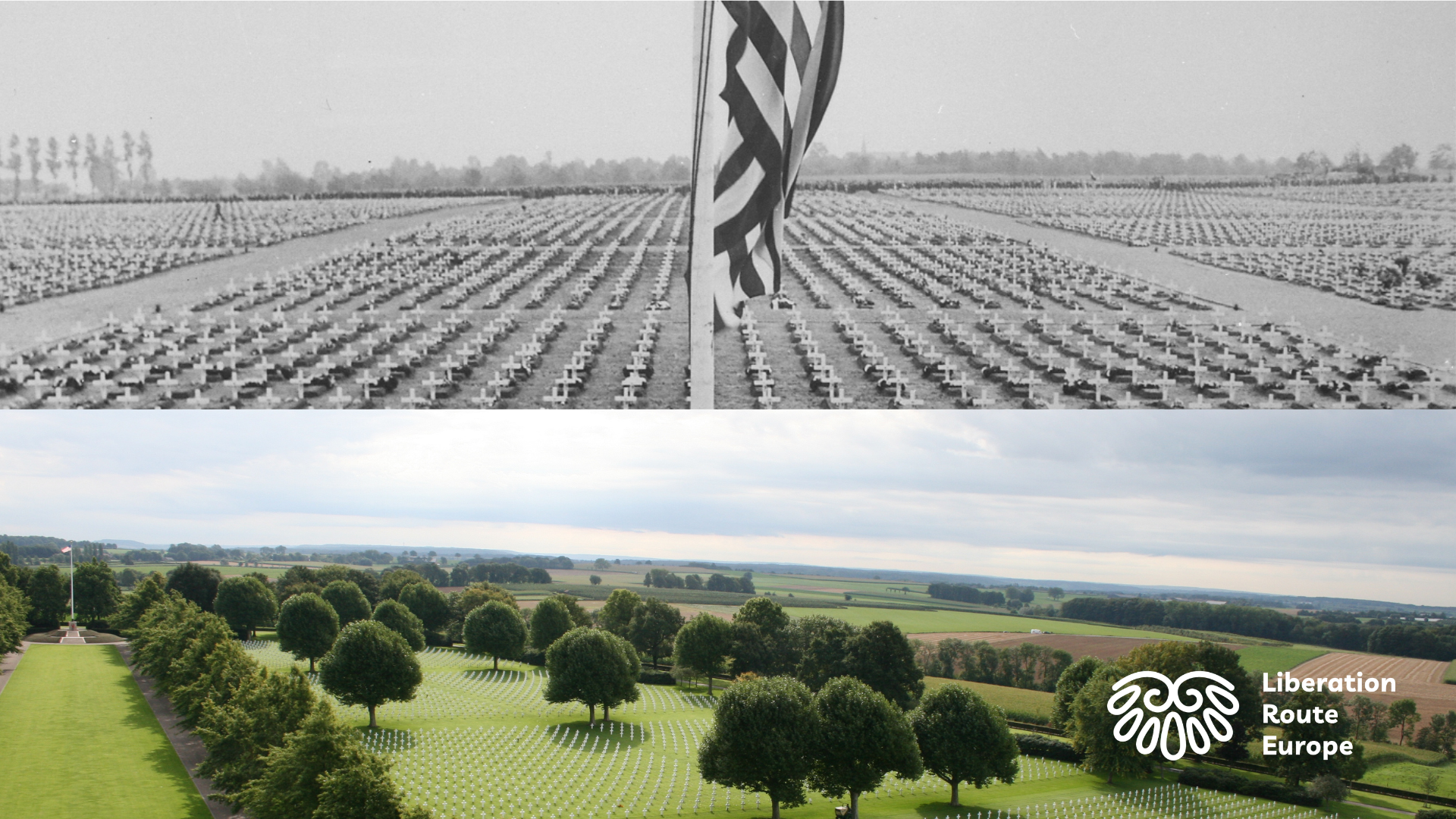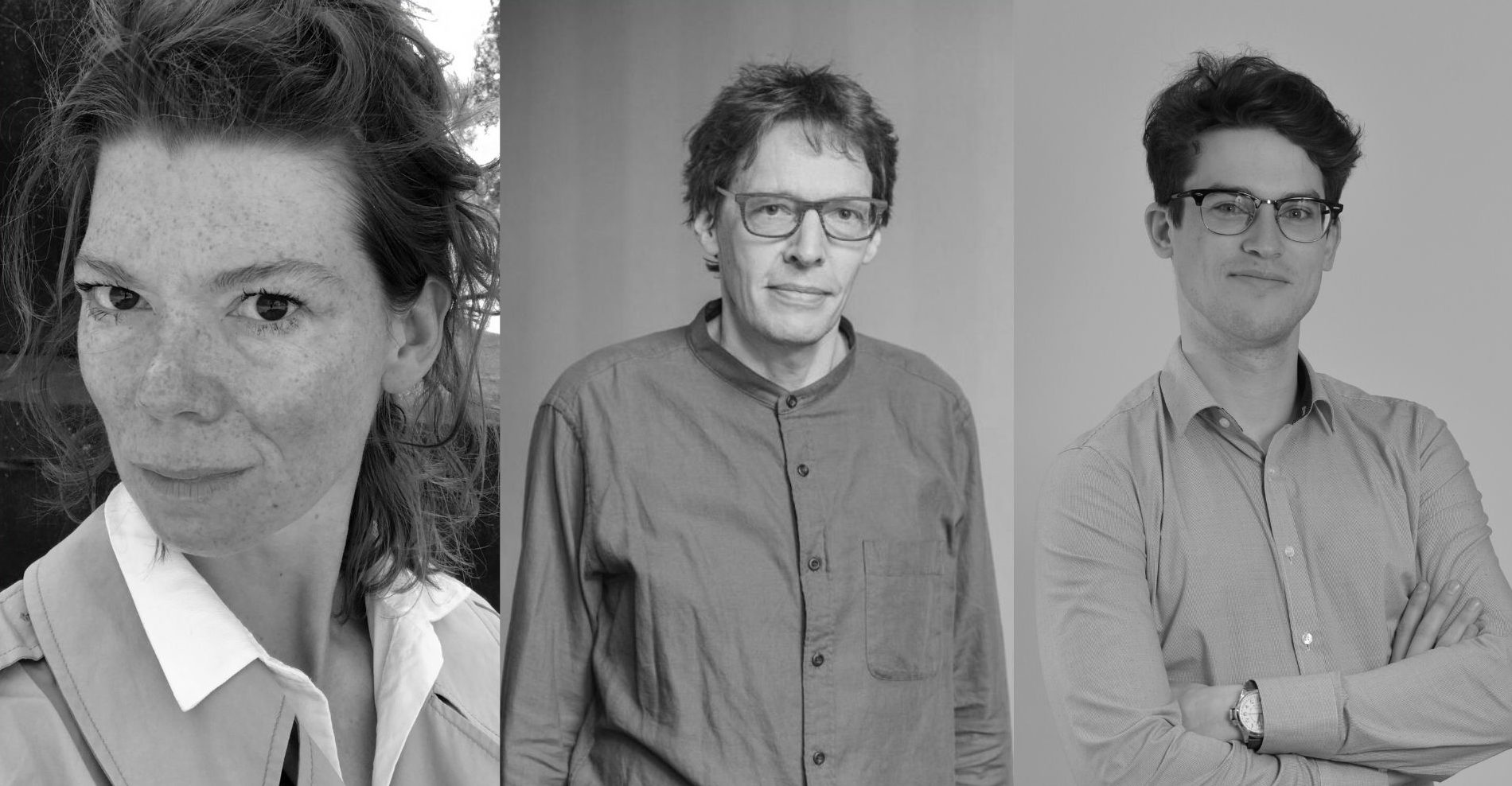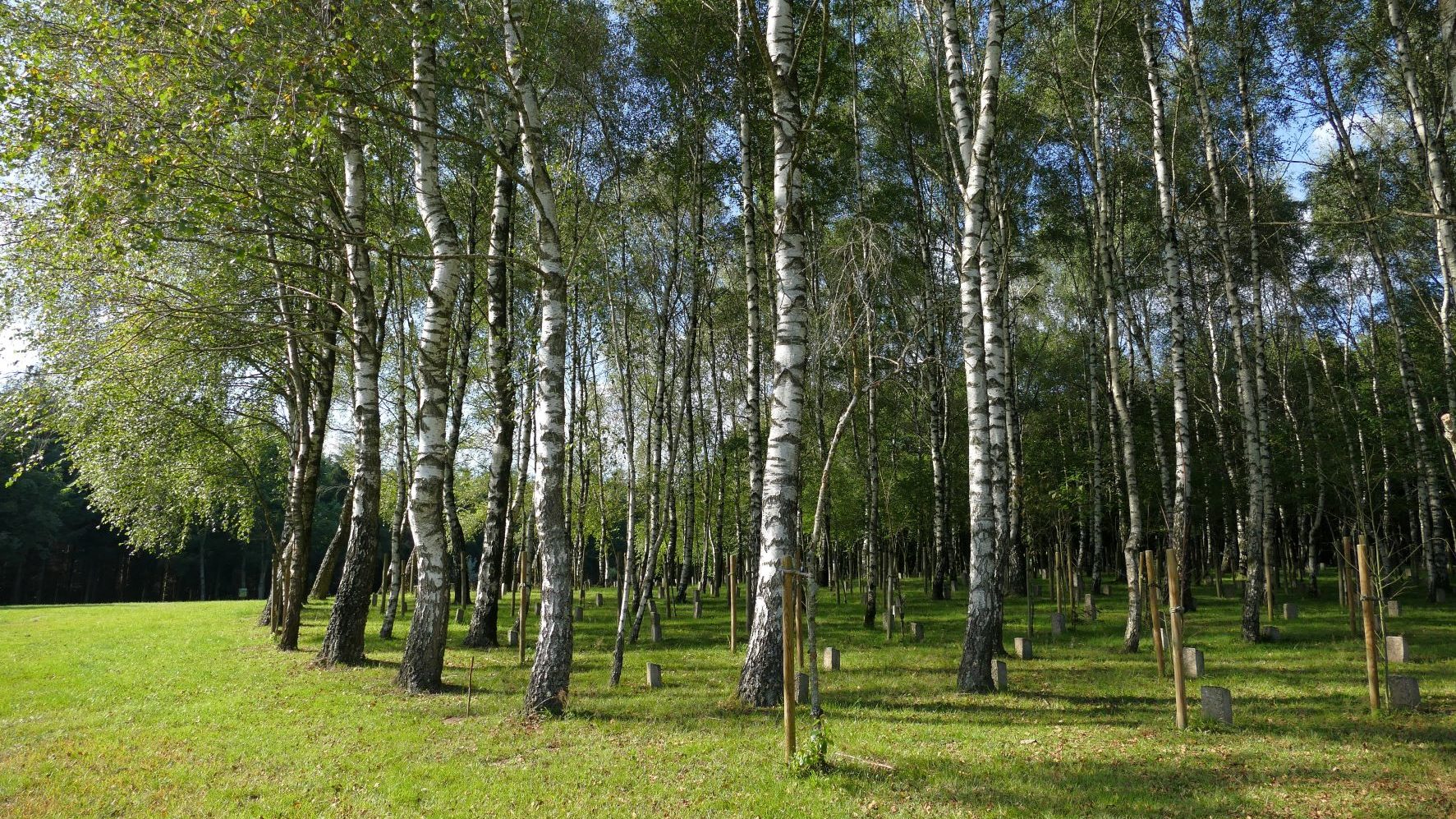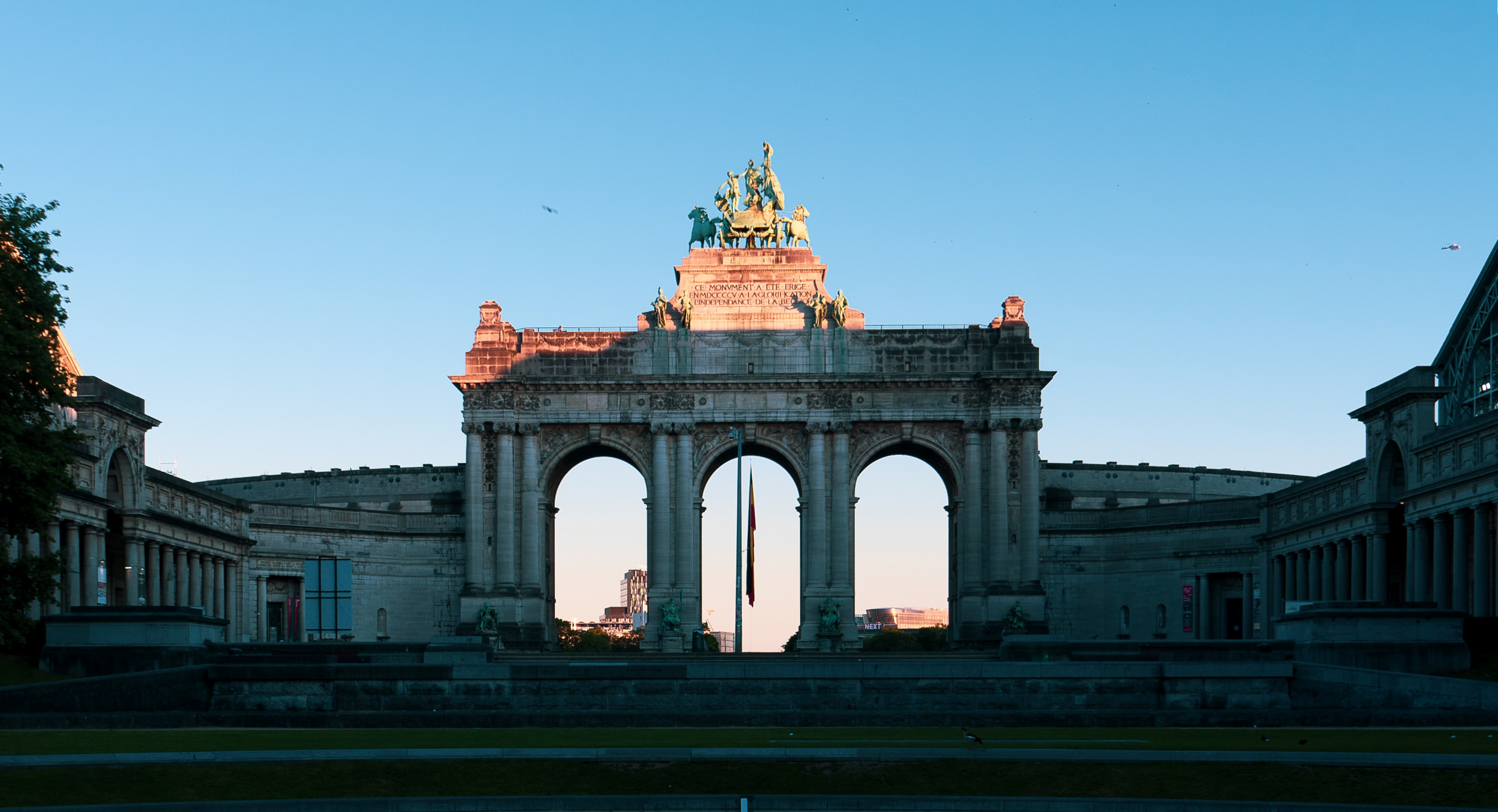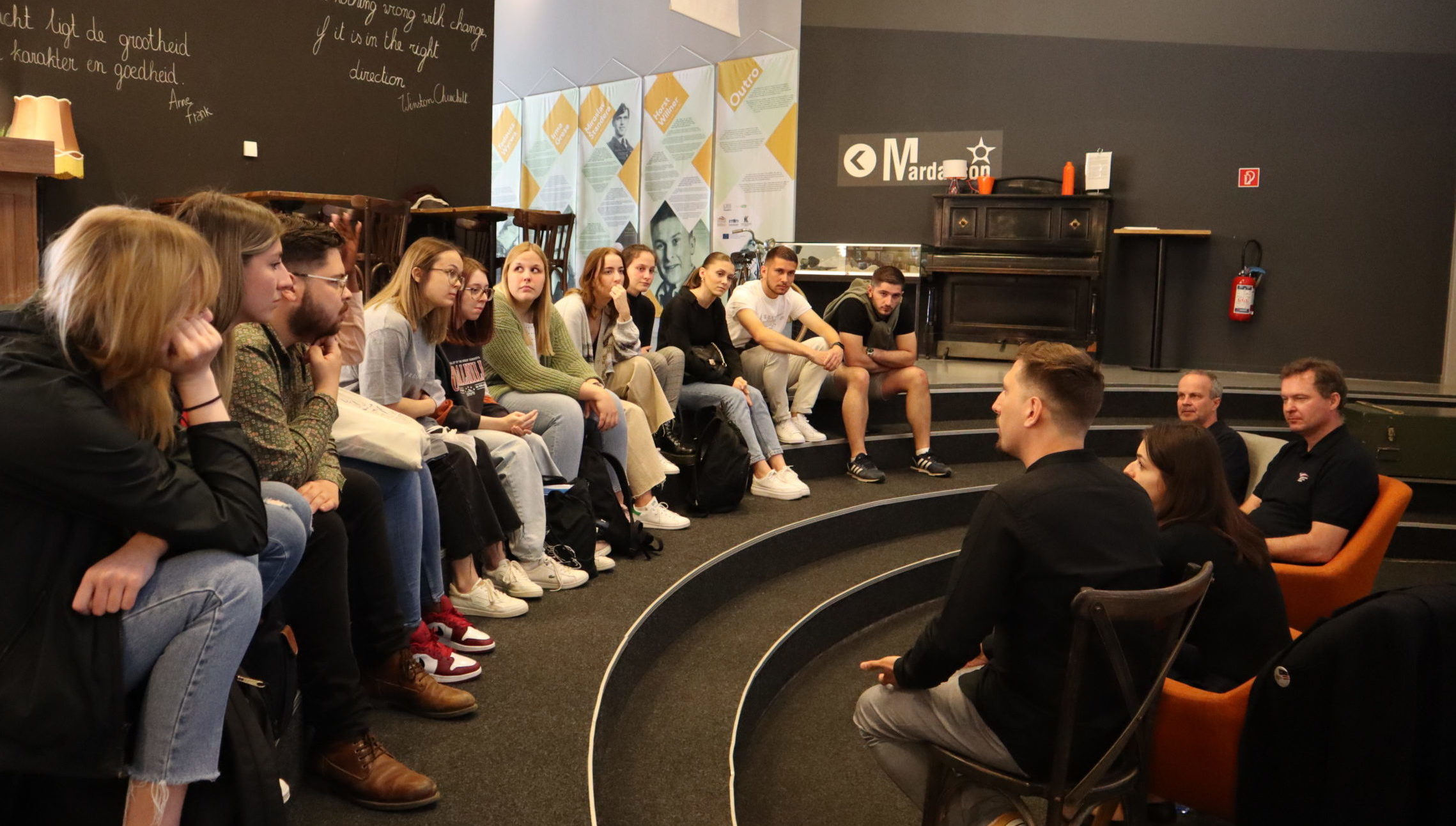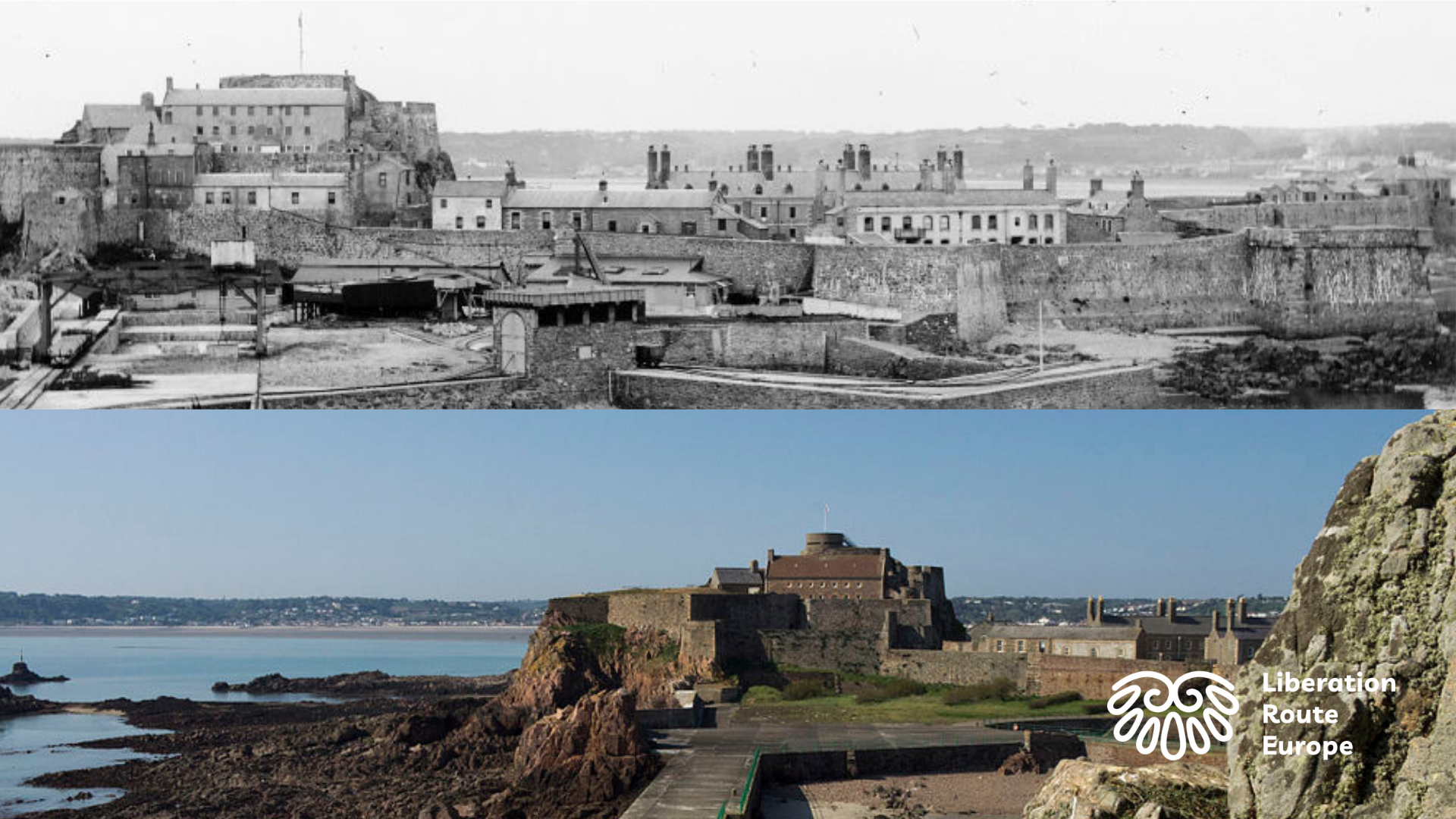On 28-29 June, the LRE Foundation welcomed in Brussels its project partners to officially kick off the brand-new project “Persecution through their EYES”. After two successful editions of “History Through their Eyes” (in 2017-2019 and 2020-2022), the LRE Foundation is partnering up with the Camp Vught National Memorial (Netherlands), Stiftung Gedenkstätten Buchenwald und Mittelbau-Dora (Germany), LRE Italy, the National Peace Park and Historical Museum of the Resistance in Sant’Anna di Stazzema (Italy), and Brama Grodzka – Teatr NN Lublin (Poland) to organise a remembrance initiative highlighting the stories of those persecuted by the Nazi totalitarian dictatorship.
Realised nearly 80 years following the end of the Second World War, this project aims to deepen a multi-perspective, transnational understanding of the Nazi persecution history by spotlighting the vast array of experiences of the victims of this regime, including, among others, Jews, Roma/Sinti, political prisoners, homosexuals, prisoners of war, civilians, and resistance fighters. The project, funded by the European Union as part of the Citizens, Equality, Rights and Values programme, will also reflect on the importance of human rights and promote youth education through first-hand visits to historical places of remembrance and international dialogue.
To fully realise this aim, the project partners will organise a series of events addressed to students, teachers, WWII educators and stakeholders, including international workshops and four youth events (one per project partner) around a travelling exhibition that features stories from those persecuted individuals. The exhibition will also be made accessible online for a wider audience.
Rémi Praud, Managing Director of the LRE Foundation: “We are proud to be collaborating with such leading cultural institutions, and it was an absolute pleasure to welcome some of their representatives to our office in Brussels for what turned out to be a very insightful kick-off meeting. I am confident that their vast knowledge and the previous editions of ‚History Through their EYES‘ will serve as a solid base to build a relevant and engaging initiative for the younger generations to visit the places where the Nazi regime committed these crimes, learn about the victim‘s personal stories and reflect on the importance of human rights in our nowadays society”.
